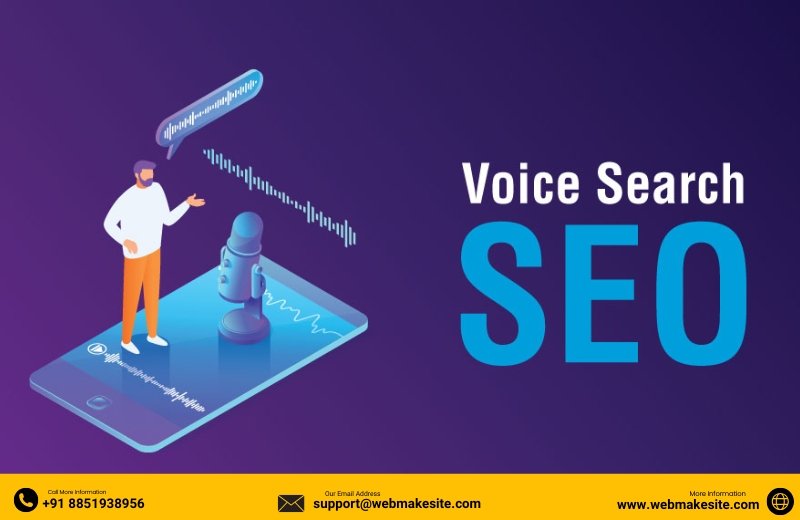In today’s digital-first world, customers no longer shop just for products—they shop for experiences. For e-commerce websites, content marketing has become one of the most powerful tools to build trust, attract customers, and increase sales. Blogs, videos, and storytelling are the three pillars of successful content marketing that help e-commerce businesses stand out in a competitive market.
Why Content Marketing Matters for E-commerce
Unlike traditional advertising, content marketing focuses on engaging and educating customers rather than directly selling to them. By sharing useful, entertaining, and authentic content, e-commerce brands can:
-
Increase website traffic through SEO.
-
Build stronger relationships with customers.
-
Improve brand awareness and recall.
-
Boost conversions by creating trust and credibility.
Let’s explore how blogs, videos, and storytelling play a role in e-commerce success.
1. Blogs – Driving Traffic and Authority
Blogs are the foundation of e-commerce content marketing. Well-written articles provide answers to customer questions, showcase expertise, and improve search engine rankings.
Benefits of Blogging for E-commerce:
-
SEO Powerhouse: Blogs target specific keywords related to products, helping your store rank higher on Google.
-
Product Education: You can explain how products work, compare features, and share guides or tutorials.
-
Engagement: A blog gives your brand a voice, allowing you to connect with customers on trends, tips, and industry news.
Examples:
2. Videos – Engaging and Persuasive Content
In e-commerce, videos have become one of the most persuasive forms of content. A video can show how a product looks, feels, and works—something photos alone cannot do.
Why Videos Work:
-
Higher Conversion Rates: Shoppers are more likely to buy after watching a product video.
-
Trust Building: Real demonstrations reduce doubts and returns.
-
Social Media Reach: Short, engaging videos perform well on platforms like Instagram, YouTube, and TikTok.
Types of Videos for E-commerce:
-
Product Demos & Tutorials – Show how products are used.
-
Unboxing Videos – Give customers a first-hand buying experience.
-
Customer Testimonials – Build trust through real experiences.
-
Behind-the-Scenes Content – Humanize your brand with storytelling.
3. Storytelling – Creating Emotional Connections
Storytelling transforms a simple product into a meaningful experience. When you connect emotionally with your audience, you build loyalty beyond price and features.
How Storytelling Helps in E-commerce:
-
Brand Story: Share your journey, values, and mission to make customers feel part of your brand.
-
Customer Stories: Highlight real success stories from your buyers.
-
Lifestyle Connection: Position your products as part of a lifestyle, not just an item in a cart.
Example:
Instead of saying “We sell eco-friendly bags,” tell the story of how your brand helps reduce plastic waste, supports local artisans, and contributes to a greener planet.
Final Thoughts
For e-commerce businesses, content marketing is not just about selling products; it’s about building trust and relationships. Blogs bring in traffic, videos boost engagement and sales, and storytelling builds loyalty.
When combined, these three elements create a powerful content strategy that can transform your e-commerce website into a customer magnet.


 2025-08-22
2025-08-22 





Comments
Leave Your Comment